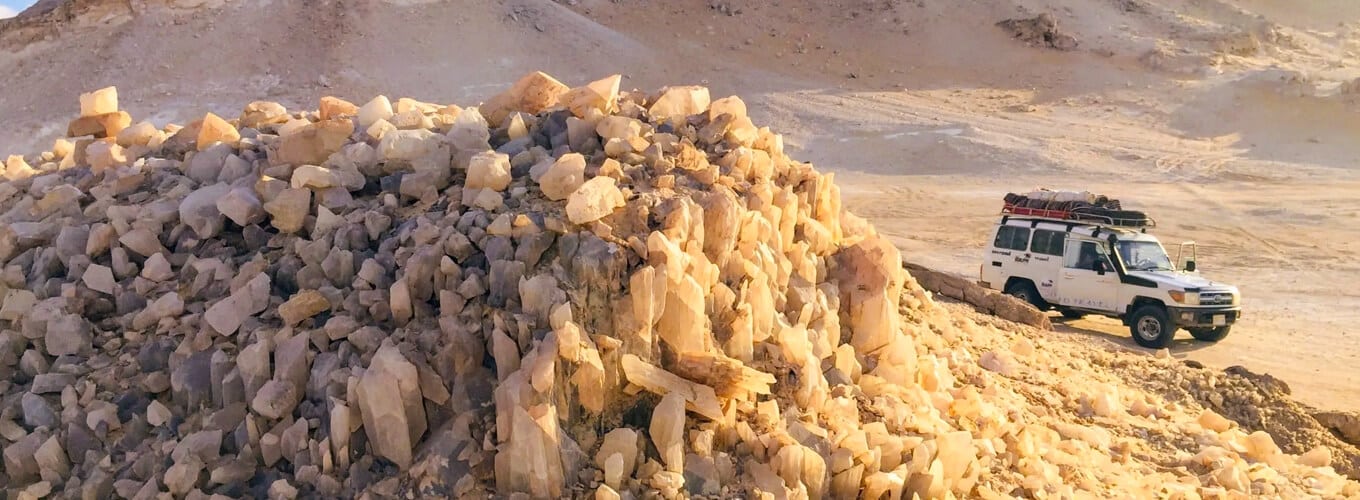Farafra Oasis is located in the Western Desert, 170 kilometers from the Bahaerya Oasis and 627 kilometers from Cairo. It’s also 370 kilometers to the South West of Marsa Matruh and the Mediterranean Sea.

The History of Farafra
The history of Farafra is a fascinating one. Its location at the edge of the Libyan Desert has made it an important connection point between the Libyan and Egyptian deserts and northern and southern Egypt. The oasis has been mentioned in ancient Egyptian texts dating to around 3000 BC when they were used as trade routes between the Western Desert and Nile Valley.
In addition to its role as a trading hub, Farafra was also home to many Copts escaping from Roman aggressiveness during their occupation of Egypt (30 BC – 641 AD). The Copts built monasteries and churches within this remote area which still exist today; some have even been restored!
During Roman times (30 BC – 641 AD), dates were imported from here into Rome, where they fetched high prices due to their rarity outside Africa at that time; olives were also traded from here into Lower Egypt, where they became popular among locals because of their high quality compared with those grown locally elsewhere along Egypt’s Mediterranean coastline near Alexandria.”
The Farafra Oasis Today

- The population of the Farafra Oasis today is more than 20 thousand people.
- Many of them come from the Nile Valley.
- The largest and most important town in the Farafra Oasis is Qaser Farafra, which has a population of around 5 thousand.
- A network of roads connects this oasis with other oases of the Western Desert and Nile Valley cities like Aswan, Luxor, and Cairo. This makes it an ideal destination for tourists exploring Egypt’s remote areas without traveling too far from civilization or comfort zones!
Water Wells in Farafra
The oasis is home to more than 100 wells spread all over the lands of the Farafra. Some are Bir Sitta, Bir Sab’a, and Bir Athnain wa shrine. Abu Nus is another well in Farafra Oasis, one of Egypt’s most famous water sources.
The White Desert
The White Desert has been a protected area since 2002, occupying a surface area of around three thousand kilometers. It’s home to bizarre rock formations such as the Finger of God and seashells in the halls of the rocks. You can also visit Aqabat, Twin Peaks, and other natural wonders that make this place one of Egypt’s most enchanting oases.
The Black Desert and the Crystal Mountain

Egypt’s most stunning natural wonders are the Black Desert and the Crystal Mountain. The mountains were formed primarily from numerous volcanoes, small black stones, and rocks, which were then covered by sand. When you visit, you’ll see barite rocks (also known as baryte or heavy spar) scattered throughout the landscape–they’re used in electronics and other industries because they have a high density but low specific gravity. You’ll also find crystal rocks everywhere! The Egyptian government broke parts of this mountain to construct the road between Bahareya Oasis and Farafra Oasis; however, if you’re looking for an adventure-filled trek through nature’s beauty, this is worth checking out!

